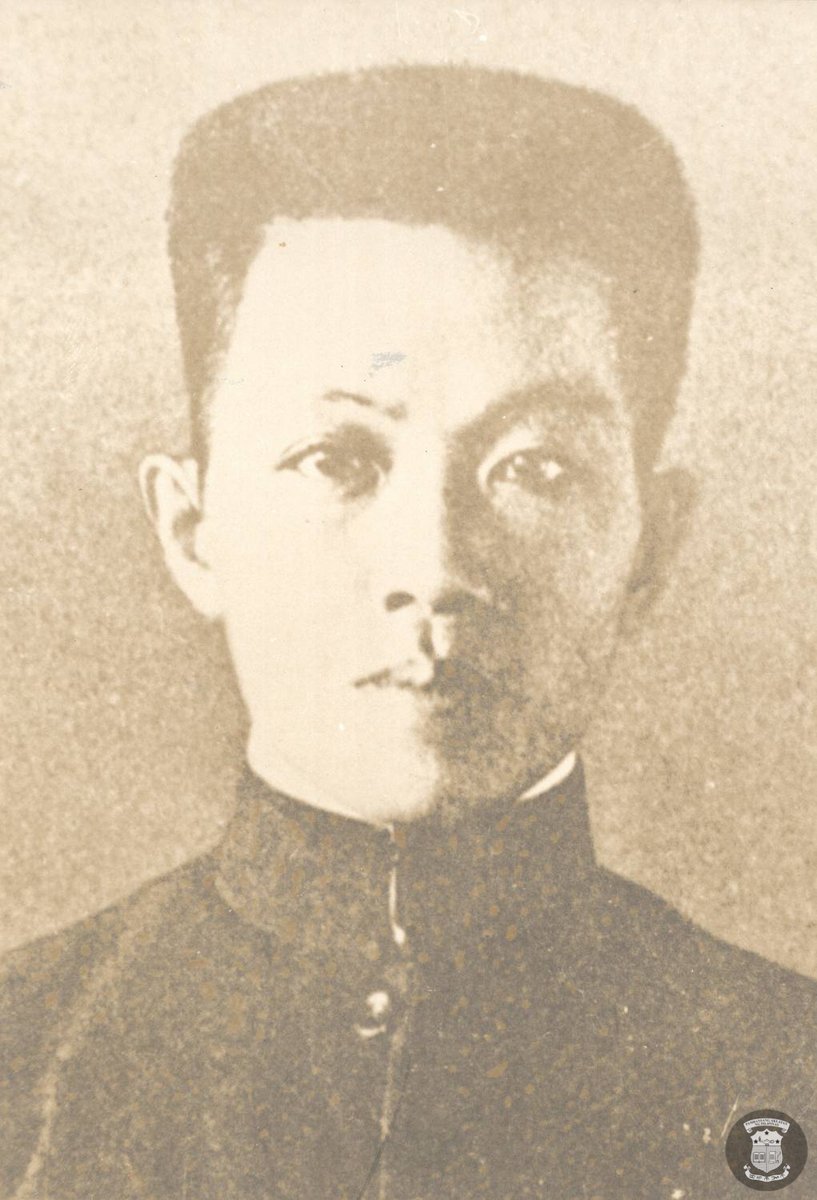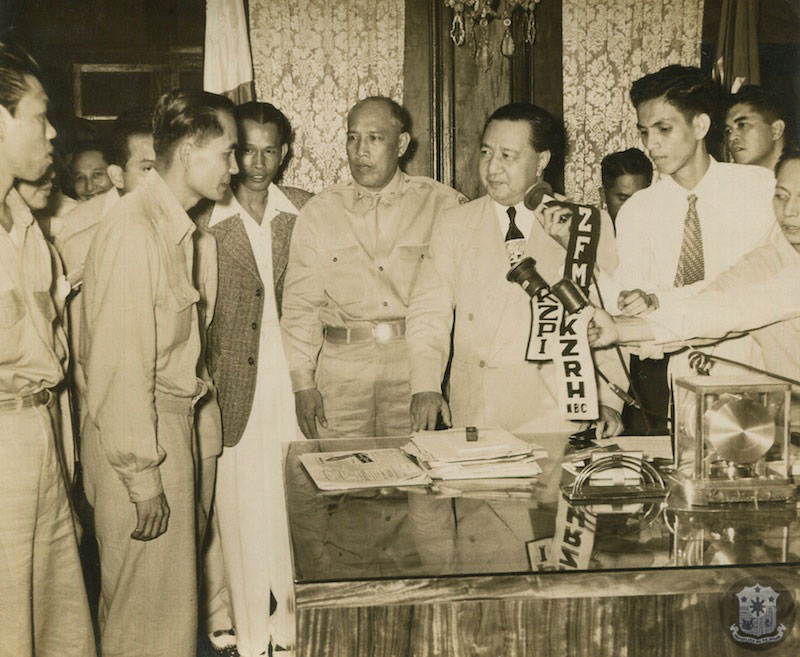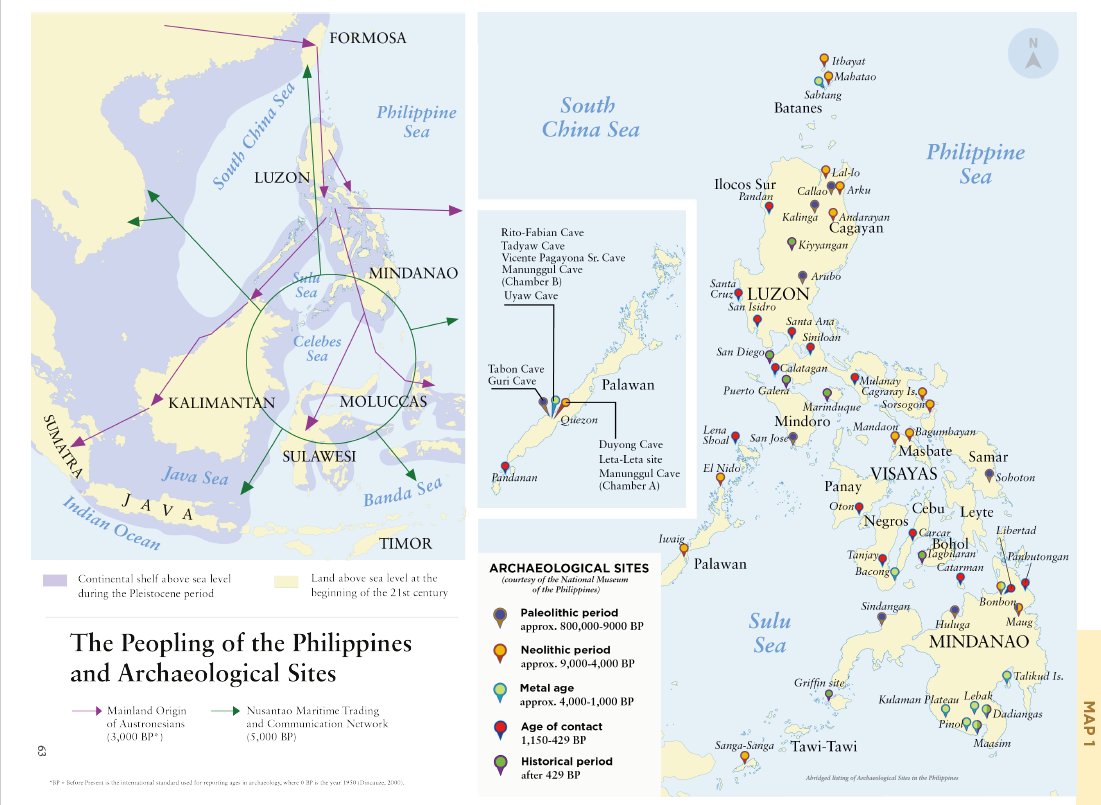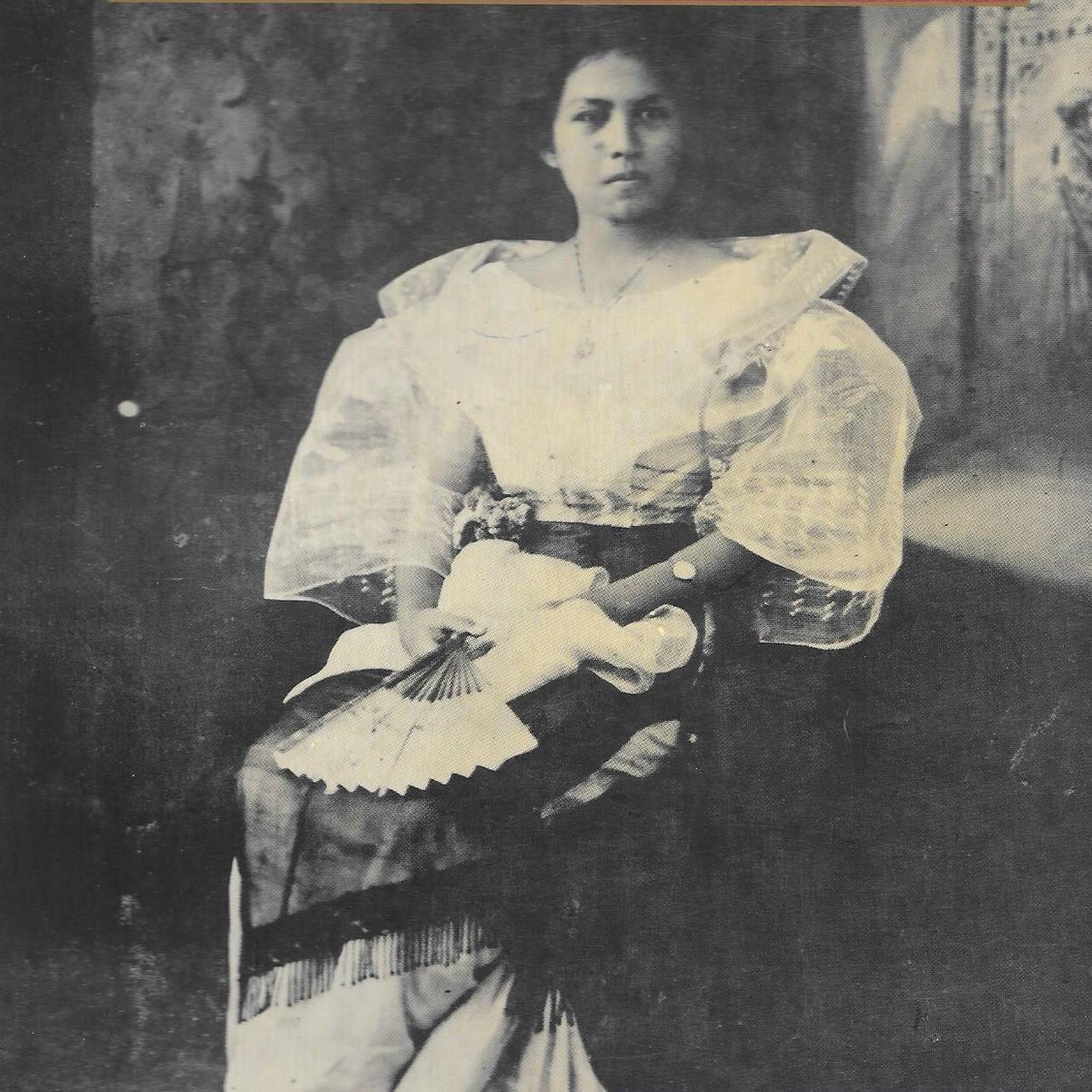
#TodayinHistory in 1898, Emilio Aguinaldo, upon A. Mabini's advice, issued a decree transforming the "Gobierno Dictatorial" into a "Gobierno Revolucionario," & his position "Dictador" into "Presidente." This was to set the stage for people's representation in #PH gov. THREAD. 

On 12 June 1898, to boost the morale of the Filipino revolutionary troops, #PH independence from Spain was proclaimed, at Kawit, Cavite. Apolinario Mabini arrived on the same date, offering his services as adviser to Aguinaldo.
https://twitter.com/indiohistorian/status/1403634476681338882?s=20
Mabini urged Aguinaldo of the need for people's representation in the creation of a Filipino government. Note that the independence proclamation was initiated by revolutionary generals whose position was mainly by appointment & not by the elective voice of the people. 

On 18 June 1898, Mabini drafted a decree that Aguinaldo issued, creating a provisional "gobierno dictatorial," & initiating preparations for an election of officials on the towns liberated by the revolutionary army.
#OnThisDay, Aguinaldo issued another decree that Mabini drafted, changing the gov to a revolutionary gov ("Pamunoang Tagapagbangong puri"), establishing executive depts, a revolutionary congress, & a revolutionary committee stationed abroad dedicated to diplomacy. 

The decree also changed the title of the head of gov from "Dictador" to "Presidente" w/ the expressed intention "to fight for the Independence of the Philippines until all free nations, including Spain, recognize her." Upon the election of the officials in liberated towns...
... on 1 Aug 1898, all these elected officials took their oaths in Bacoor, and Mabini had them ratify the proclamation of independence, ensuring the legitimacy of the gov with the expressed & written support of the people through their elected leaders.
W/ suspicion of U.S. motives confirmed when Filipinos were barred from taking control of Intramuros on 13 Aug, it was a race vs. time as the fledgling gov sought legitimacy by seeking intl recognition while pursuing a seat in the negotiation bet. 🇪🇸& 🇺🇸.
https://twitter.com/indiohistorian/status/1293860963293118464?s=20
Tensions bet. Filipinos & US would begin when Filipinos were also denied in the negotiations bet. 2 powers. It concluded in the Treaty of Paris on 10 Dec 1898, w/ Spain ceding its Pacific colonies, including #PH w/c it has lost control of, to the U.S.
https://twitter.com/indiohistorian/status/1336997376947494917?s=20
Photos:
- Portrait of Emilio Aguinaldo, c. 1897, from @AskNLP
- Apolinario Mabini, c. 1901, from the Presidential Museum & Library
- Part of the 23 June 1898 decree, from Sulpicio Guevara, The Laws of the first Philippine Republic (The Laws of Malolos) 1898-1899
For @subselfie.
- Portrait of Emilio Aguinaldo, c. 1897, from @AskNLP
- Apolinario Mabini, c. 1901, from the Presidential Museum & Library
- Part of the 23 June 1898 decree, from Sulpicio Guevara, The Laws of the first Philippine Republic (The Laws of Malolos) 1898-1899
For @subselfie.
• • •
Missing some Tweet in this thread? You can try to
force a refresh










